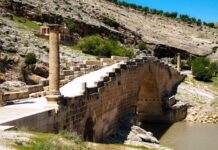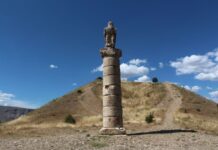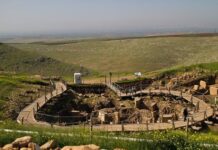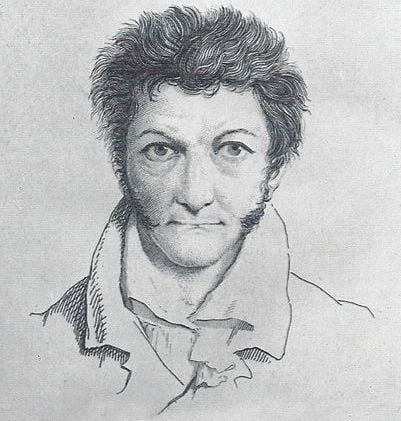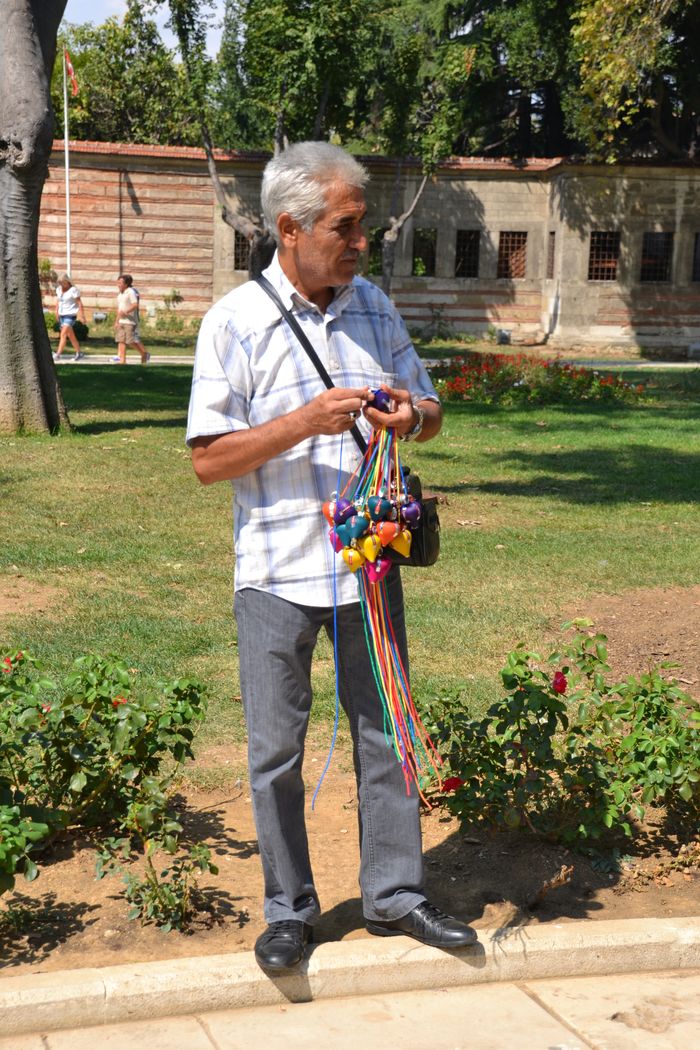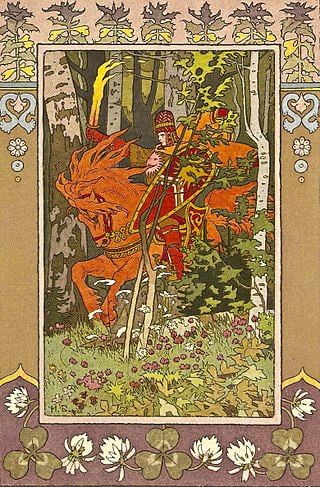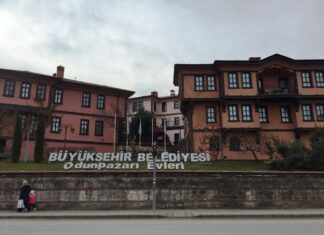The officials named in the text received high salaries. After working through to the highest staff position, which was commonly held for either one or two years, they were eligible for the lower governorships, as presidents or correctors. and so on till the highest stations were reached.
The Latin titles have been given to make it clear that the translation cannot be an exact equivalent for the terms in use under a system so different from anything now in existence.
[*2] The cursus publicus was the post-service for the conveyance of government dispatches and of government officials. It was elaborately organized and very effective. Its control was in the bands of the pretorian prefects. Its control was in the hands of the pretorian prefects and and the master’s of the offices. Other officers were limited in their use of this service, as the last paragraph of each chapter in the Notitia shows. There is no reference to this service in the Notitia of the West, though there is no reason to doubt that the regulations there were similar.
III The Pretorian Prefect of Illyricum
Under the control of the illustrious pretorian prefect of Illyricum are the dioceses mentioned below:
of Macedonia; of Dacia.
The provinces of Macedonia are six:
Achaia; Macedonia; Crete; Thessaly; ancient Epirus; new Epirus; and a part of Macedonia salutaris.
The provinces of Dacia are five:
Mediterranean Dacia; ripuarian Dacia; Moesia prima; Dardania; Praevalitana; and part of Macedonia salutaris.
The staff of the illustrious pretorian prefect of Illyricum:
A chief of staff,
A chief deputy,
A chief assistant,
A custodian,
A keeper of the records,
Four receivers of taxes; one of these for gold; another for services.
An assistant,
A curator of correspondence,
A registrar,
Secretaries,
Aids,
Notaries.
The pretorian prefect of Illyricum. himself issues [post-warrants].
IV The Prefect of the City of Constantinople.
[The text is wanting.]
V. The Master of the Soldiery in the Presence.
Under the control of the illustrious master of the soldiery in the, presence: *
Five squadrons of palatine horse:
The senior promoted horse,
The companion cuirassiers,
The junior companion archers,
The companion Taifalians,
The Arcadian horse.
Seven squadrons of horse of the line:
The Biturigensian cuirassiers,
The senior Gallican heavy-armed horse,
The fifth Dalmatian horse,
The ninth Dalmatian horse,
The first shield-bearers,
The junior promoted horse,
The first Parthian cuirassiers.
Six palatine legions:
The senior lancers,
The junior Jovians,
The junior Herculians, The Fortenses,
The Nervii,
The junior Matiarii.
Eighteen palatine auxilia
The senior Batavians,
The junior Brachiati,
The Salians,
The Constantians,
The senior Mattiaci,
The senior Gallican archers,
The junior Gallican archers,
The third Valens’ archers,
The Defenders,
The Ractobarii,
The Anglevarii,
The Hiberi,
The Visi,
The fortunate junior Honorians,
The Victors,
The first Theodosians,
The third Theodosians,
The fortunate Isaurian Theodosians.
Read More about The Forty-Seven Ronins part 2

